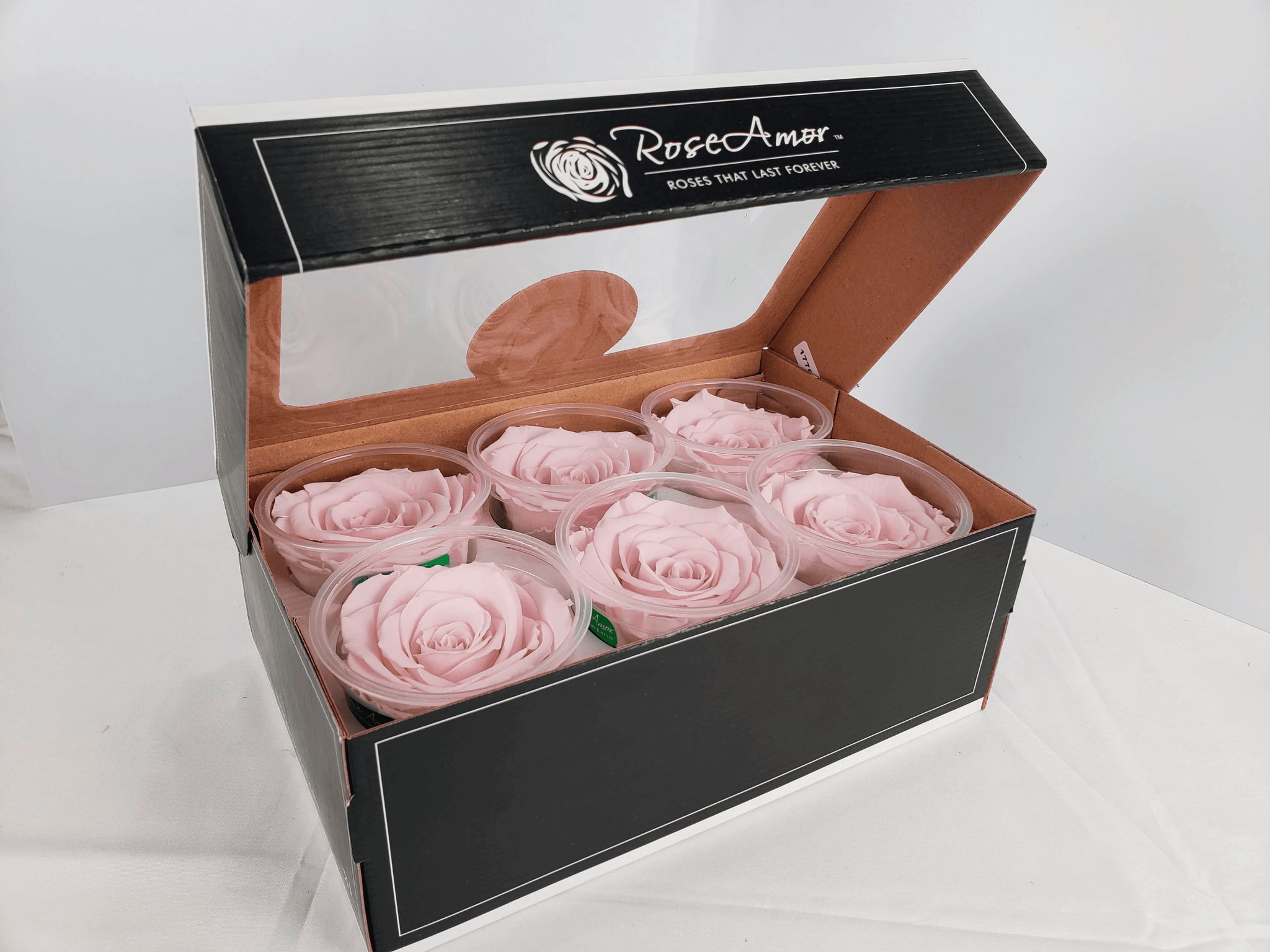Repairing chair caning is a rewarding DIY project that allows you to breathe new life into old chairs. Whether you have a cane seat, rush seat, splint seat, wicker seat, or Danish cord seat, this article will guide you through the tools and materials you need for a successful chair caning repair. By following the step-by-step instructions and utilizing the right equipment, you’ll be able to restore your chairs to their former glory.
What are the different types of Chair Caning?
Before diving into the tools and materials required for the repairing chair caning process, it’s essential to understand the different types of chair caning. Depending on the chair’s style and design, you may encounter various caning materials. The most common types include:
- Cane Seat
Cane seat refers to chair seats woven with a natural or synthetic cane. It involves intricate weaving patterns and can add an elegant touch to furniture.
- Rush Seat
Rush seat chairs feature seats woven with bulrush or cattail leaves. Rush weaving is known for its durability and natural aesthetics.
- Splint Seat
Splint seat chairs have seats woven with flat reed splints. The splint weaving technique creates a sturdy and visually appealing seat.
- Wicker Seat
Wicker seat chairs use woven natural or synthetic fibers, such as rattan or cane. Wicker offers a classic and comfortable seating option.
- Danish Cord Seat
Danish cord seats are made from tightly woven paper cords. This type of seat provides both strength and flexibility.
What factors are considered when assessing chair caning damage?
Before beginning the repair process, it’s crucial to assess the condition of the chair caning. Common issues include sagging, broken strands, or overall wear and tear. By identifying the specific problems, you can determine the appropriate repair requirements.
- Identifying Common Issues
- Sagging or loose caning
- Broken strands or holes in the weaving
- Uneven or worn-out patterns
- Faded or damaged finish
- Determining Repair Requirements
Depending on the severity of the damage, you may need to decide between repairing the existing caning or replacing it entirely. Minor issues can often be fixed with simple repairs, while extensive damage may require complete caning replacement.
What are the essential tools for Chair Caning repair?
To repair it effectively, you’ll need several specialized tools. These tools enable you to remove the old caning, prepare the chair, and weave the new caning securely. Here are the essential tools you’ll need:
Cane Splitter: A cane splitter is used to split cane into thinner strands, making it easier to work with during the weaving process.
Awl: An awl is a sharp-pointed tool used for creating holes and pushing cane or other materials through.
Caning Pegs: Caning pegs are wooden pegs used to hold caning in place while weaving.
Caning Needles: Caning needles have a hooked end, allowing you to pull the cane through holes and secure it in place.
Hammer: A hammer is useful for gently tapping caning into position and securing it.
Pliers: Pliers are helpful for tightening and adjusting the caning during the weaving process.
Wedges: Wedges are used to temporarily widen chair openings, making it easier to weave the caning.
Clamps: Clamps can be used to hold caning in place while weaving and drying.
Scissors: Scissors are essential for cutting and trimming excess caning and achieving a clean finish.
Sandpaper: Sandpaper helps smoothen any rough edges or imperfections on the chair frame.
What materials are needed for Chair Caning Repair?
The choice of materials depends on the type of chair caning you’re repairing. Here’s a list of common materials required:
- Cane
Natural or synthetic cane is used for cane seats and backs. It comes in different widths and patterns, allowing you to match the original design.
- Rush
Bulrush or cattail leaves are used for rush seat weaving. Rush is known for its strength and resilience.
- Splint
Flat reed splints are typically used for splint seat weaving. They offer durability and visual appeal.
- Wicker
Wicker furniture requires woven natural or synthetic fibers, such as rattan or cane. It provides a classic and comfortable seating option.
- Danish Cord
Danish cord is a tightly woven paper cord used for Danish cord seat weaving. It offers both strength and flexibility.
- Adhesive
Depending on the repair requirements, you may need adhesive to secure caning or fix loose strands.
- Finishing Products
To achieve a polished look, consider using finishing products such as stain, paint, or varnish.
What is a step-by-step guide to Repairing Chair Caning?
Once you have the necessary tools and materials, you can proceed with the repair process. Follow these steps for a successful restoration:
- Preparing the Chair
- Gather the required tools and materials.
- Set up a clean and well-lit workspace.
- Remove any existing caning or damaged materials from the chair.
- Removing the Old Caning
- Carefully detach the old caning using pliers, an awl, or other appropriate tools.
- Clean the chair frame and prepare it for the new caning.
- Preparing the New Caning
- Measure and cut the appropriate length of caning, leaving some extra for weaving and securing.
- Soak natural cane or rush in water to make it more pliable, if needed.
- Weaving the Caning
- Begin weaving the new caning according to the specific pattern or design.
- Follow the original weaving style, or refer to weaving guides for specific techniques.
- Take your time and ensure the caning is tightly woven for a sturdy seat.
- Securing the Caning
- Use caning pegs or clamps to hold the caning in place as you progress.
- Secure the caning to the chair frame by looping it through pre-made holes or using adhesive if necessary.
- Trimming and Finishing
- Once the caning is fully woven, trim any excess material using scissors.
- Smooth out rough edges and ensure the caning is securely in place.
- Apply finishing products, such as stain or varnish, to protect and enhance the chair’s appearance.
What are some maintenance tips for chair caning?
To prolong the lifespan of your repaired chair caning, follow these maintenance tips:
- Regular Cleaning
Clean the caning regularly using a soft brush or cloth to remove dust and debris.
- Avoiding Excessive Weight or Impact
Avoid placing heavy objects or applying excessive pressure on the caned areas to prevent damage.
- Protecting from Sunlight and Moisture
Keep the chair away from direct sunlight and excessive moisture to prevent fading and deterioration.
Conclusion
Repairing chair caning allows you to revive old chairs and add a touch of elegance to your living spaces. By following the step-by-step guide and utilizing the necessary tools and materials, you can successfully restore caned seats to their former beauty. Remember to assess the damage, choose the appropriate caning type, and follow maintenance practices to ensure longevity. Whether you choose to embark on a DIY repair journey or seek professional assistance, the repairing process offers a rewarding experience with impressive results.
















